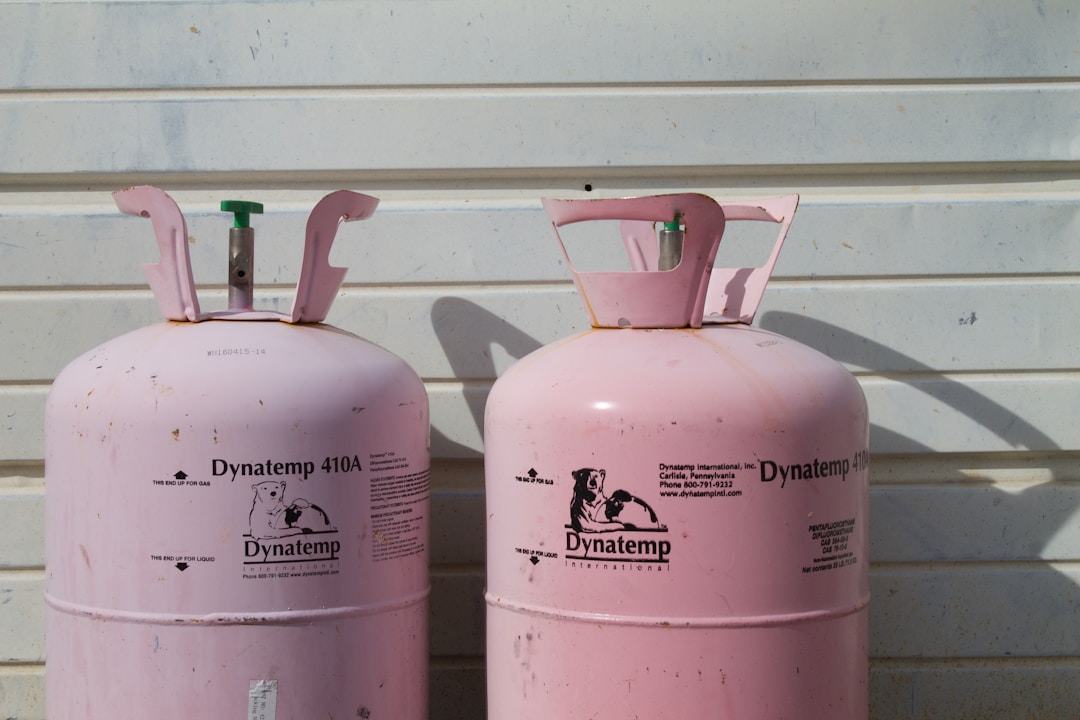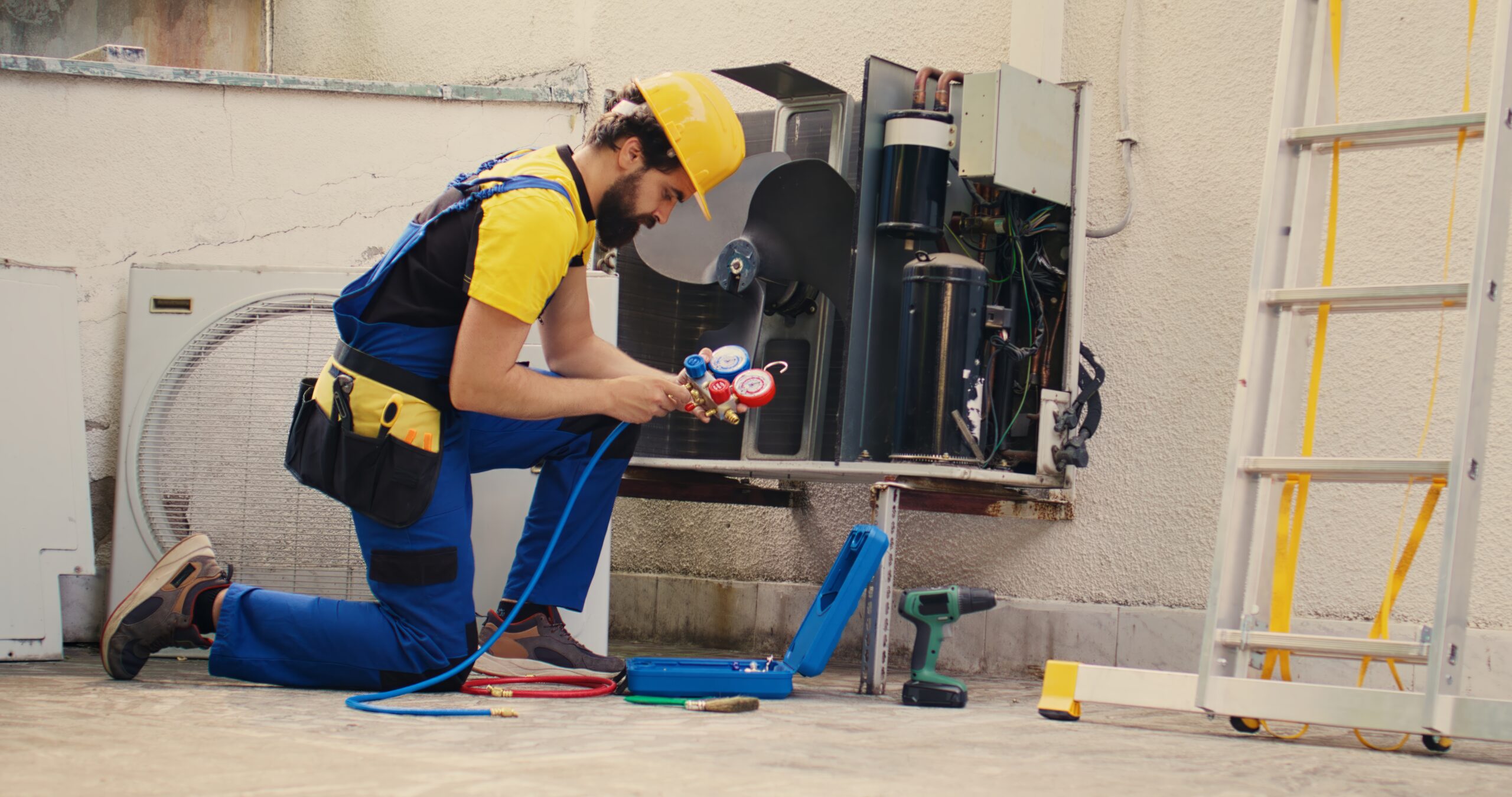Furnaces are among the most popular choices for home heating solutions. Energy efficiency, minimal operating noise, lifespan longevity, compatibility, and flexibility are a few of the many reasons why they are in a majority of homes today. Sometimes known as a forced-air system, the furnace is the nerve of the home’s heating system and is also a participant in the cooling process as well.
Once regarded as massive energy consumption machines, today there are furnaces with eco-friendly engineering. Due to new efficiencies in development, they can fit just about anywhere in basements, attics, closets, and crawlspaces. From natural gas and propane to heating oil, or electricity, furnaces use a variety of energy sources to heat your home. Let’s take a look at the function of furnaces and the three most common types.
The Function of a Furnace
Early versions of the furnace were earthenware structures that used coal and or wood to generate intense heat. Eventually, the furnace evolved into concentrated combustion boxes and was introduced into the home as a more efficient way to heat a residence. Today, they tend to run off several energy sources and are safer and more efficient than older models.
They are an essential piece of the HVAC system and produce heated air that flows through the ventilation system and around the whole house. When the thermostat inside the house is set, the furnace is activated and begins heating air. The blower fan is then switched on and distributes the heated air through the home. The way that the heat is transferred to the air is determined by the type of equipment.
1. Gas

Perhaps the most common type of furnace used to heat homes today is the natural gas furnace. These units rely on natural gas brought directly into the home from a municipal line. As the gas flows across burners, it ignites to generate hot combustion gas that increases the temperature of the air. When blower fans engage, the heated air is circulated through the ducts and heats the home.
Gas efficient furnaces create even heating and are cost-effective to operate due to the price of natural gas compared to other fuel sources. Typically older gas furnaces averaged about 65% efficiency. Newer equipment averages about a 98% efficiency rating. Nearly half of the United States currently employs natural gas as a heating source.
2. Electric

Electric systems rely on the regular electricity coming into your home to heat elements and provide high temperatures that transfer to the air. Electric furnaces are another popular heating system as they are less expensive to purchase and easier to install. They are also smaller than other units and can fit easily into spaces. Technicians and other professionals agree that these machines can also last up to 10 years longer than other equipment. With the cost of electricity typically being higher than gas, running this type of furnace will have a significant impact on energy bills. Additionally, electric systems show a decrease in efficiency compared to their gas counterparts.
3. Oil

Oil furnaces are the costliest to purchase and can be up to 25% more expensive than other types of units. These heating systems are more common in the colder areas of the northeastern United States. Similar to how gas systems function, oil furnaces transform oil to heat. Annual fuel utilization efficiency ratings for gas units average around 88 to 98% and by comparison, oil equipment is typically around 80 to 90%. Oil heat falls in the middle between gas and electric units.
Furnaces are the most commonly used heating systems in homes today. Different units rely on various sources of energy to heat homes, but all types of furnaces work in tandem with the HVAC system to supply warm air. Today these units have a lower environmental impact and rely on efficiency to control indoor temperatures.


















